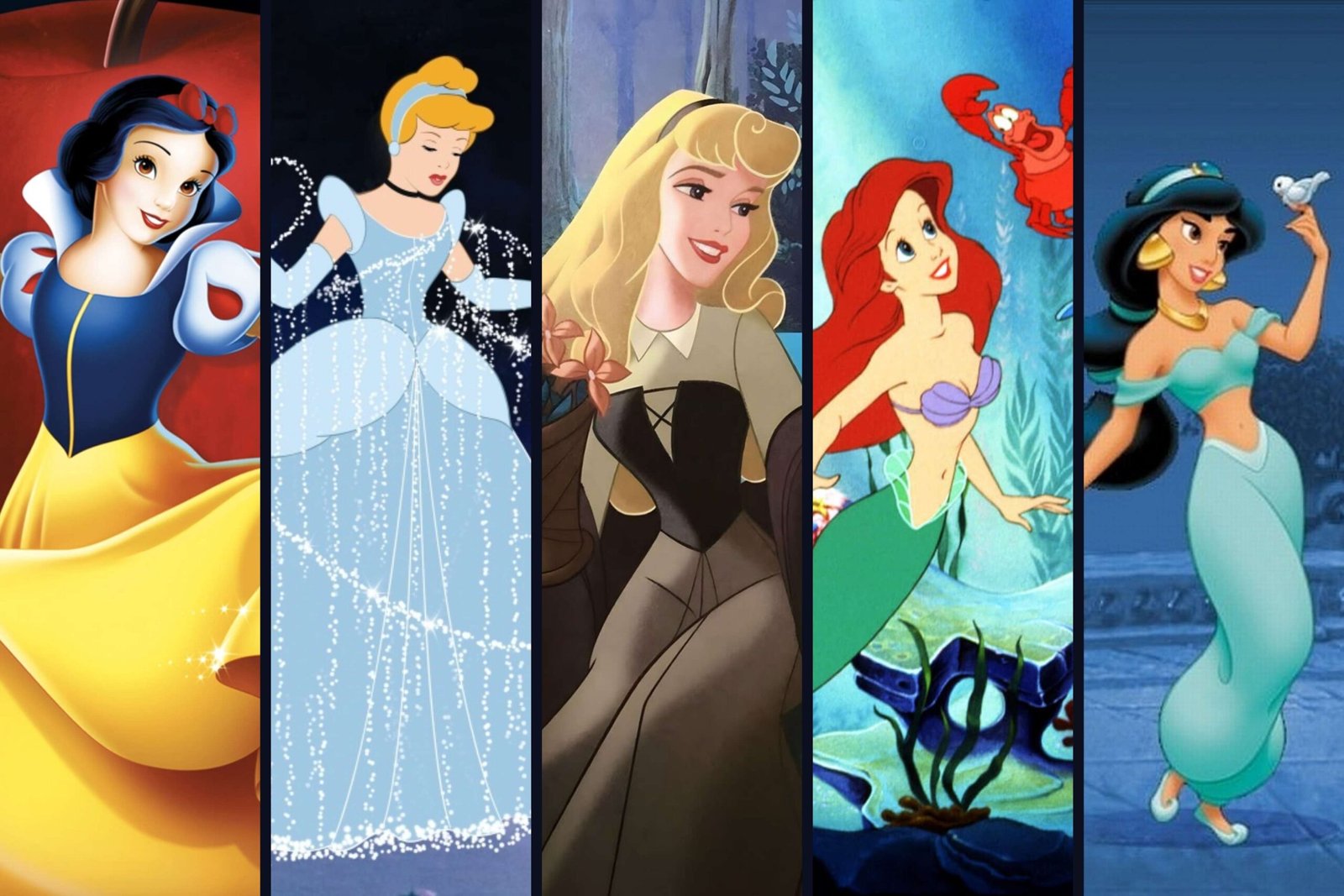Disney’s Streaming Success Defies Buffett’s Skepticism
Disney’s recent earnings report suggests that streaming might be turning into a viable business model, contrary to Warren Buffett’s doubts. In April 2023, Buffett, often called “The Oracle of Omaha,” expressed skepticism about streaming’s profitability, telling CNBC’s Becky Quick that the industry had not yielded significant returns for shareholders. This viewpoint reflected the financial struggles of legacy media giants like Comcast’s NBCUniversal, Disney, Paramount Global, and Warner Bros. Discovery, all of which have underperformed compared to the S&P 500 since early 2022 due to substantial investments in subscription streaming services.
However, Disney’s latest quarterly results indicate a shift in the streaming landscape. The company has turned streaming from a financial burden into a profitable venture by controlling content spending and boosting subscribers across Disney+, Hulu, and ESPN+. Disney’s Chief Financial Officer, Hugh Johnston, highlighted that streaming is now a better business than traditional TV. The company forecasts that by fiscal 2025, operating income from streaming will compensate for the declines in linear TV revenue.
Positive Financial Indicators for Disney’s Streaming Platforms
Disney’s financial data underscores this shift. In the fiscal fourth quarter, Disney’s combined streaming businesses reported an operating income of $321 million. Over the entire fiscal year, Disney’s entertainment streaming platforms generated $143 million in operating income, a significant turnaround from the $2.5 billion loss recorded the previous year. Johnston projected an increase of $875 million in direct-to-consumer operating income for the next fiscal year, which would bring the division’s operating income to over $1 billion.
Johnston expressed confidence in Disney’s dual strategy during the company’s earnings call, saying, “I think we’re well-positioned if [consumers] decide to stay in linear for longer, and I think we’re well-positioned if they decide to move over to the streaming side.” This adaptability could be a game-changer as Disney continues to expand its subscriber base and streamline its content offerings to maintain audience interest and mitigate churn.
Industry Trends and Future Outlook
Investors have long questioned whether streaming could ever replicate the profitability of traditional cable and broadcast TV, which benefitted from consistent monthly payments and low churn rates. The past decade has seen tens of millions of Americans abandon cable TV in favor of streaming services, which offer more flexibility but are easier to cancel.
This trend has disrupted the consistent revenue stream that traditional TV once provided, with subscribers now able to switch between services at will. Despite these challenges, Disney’s streaming strategy points to a promising future for streaming. Potential solutions like bundling services or integrating high-quality content could help reduce subscriber churn and sustain profitability.
The positive results from Disney align with broader industry trends. Warner Bros. Discovery also reported strong third-quarter earnings from its direct-to-consumer division, which generated a profit of $289 million, supported by an increase in global subscribers and higher advertising revenue. Its main streaming platform, Max, gained 7.2 million subscribers, pushing its total to 110.5 million.
Disney’s strong earnings performance contributed to a 6.2% rise in its stock on Thursday, reinforcing the notion that streaming, while initially costly, may emerge as a formidable successor to traditional TV. As media companies refine their strategies, the streaming sector could evolve into a more resilient and profitable segment than previously anticipated.









